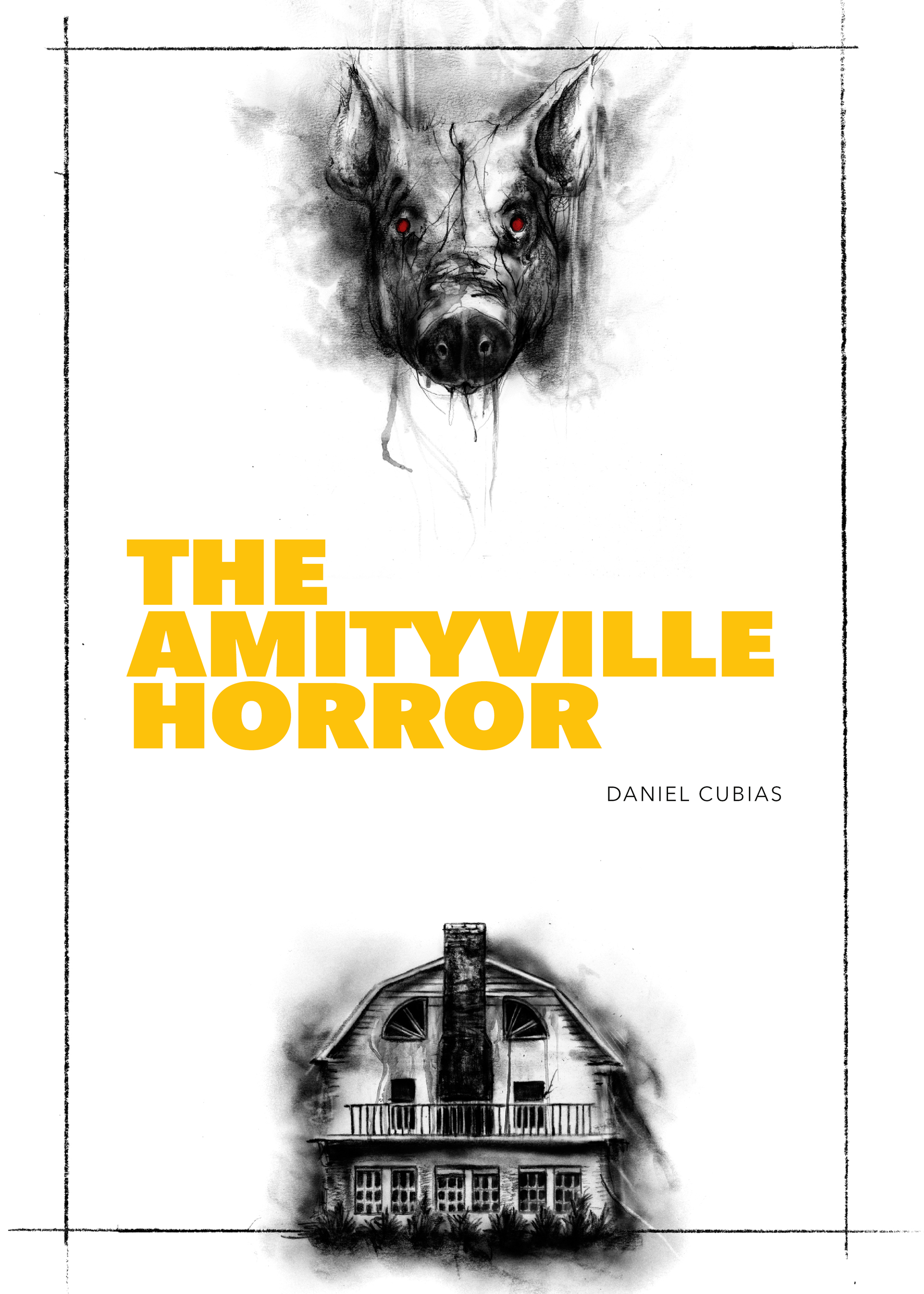The Amityville Horror by Daniel Cubias
The Amityville Horror by Daniel Cubias
Couldn't load pickup availability
The Amityville Horror (1979) was a box-office smash that terrified audiences with its supposedly true depiction of a real-life haunting in Amityville, New York. In the decades since its release, the film has gone on to be one of the most profitable independent films of all time, casting a shadow over the haunted house subgenre and spawning an unwieldy franchise of official and unofficial sequels.
But in spite of the film’s success, it was lambasted by critics, and the “true story” that inspired it was already being debunked as exaggeration or even outright fiction before the film was even released.
So what made audiences’ belief in its implausible origin story so stubborn? And why does The Amityville Horror continue to wield such an outsized influence on contemporary haunted house stories?
In this lively analysis of the movie that traumatized him as a child, Daniel Cubias draws on wide-ranging research into the film’s themes, factual basis, and legacy to explain what continues to draw audiences to this flawed but nevertheless alluring horror classic.
Ebook formats
Ebook formats
Ebooks are available in EPUB, MOBI, and PDF formats.
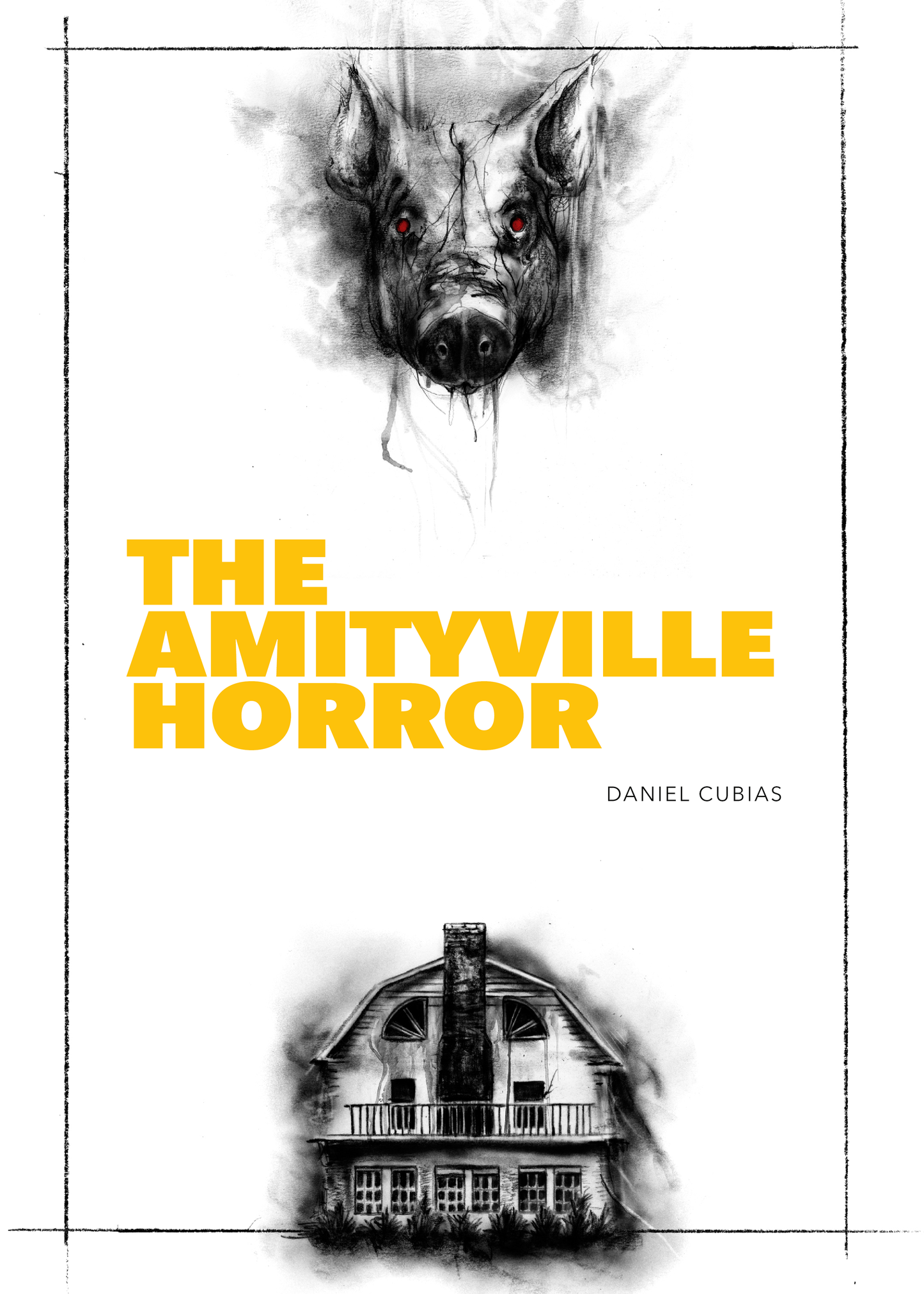
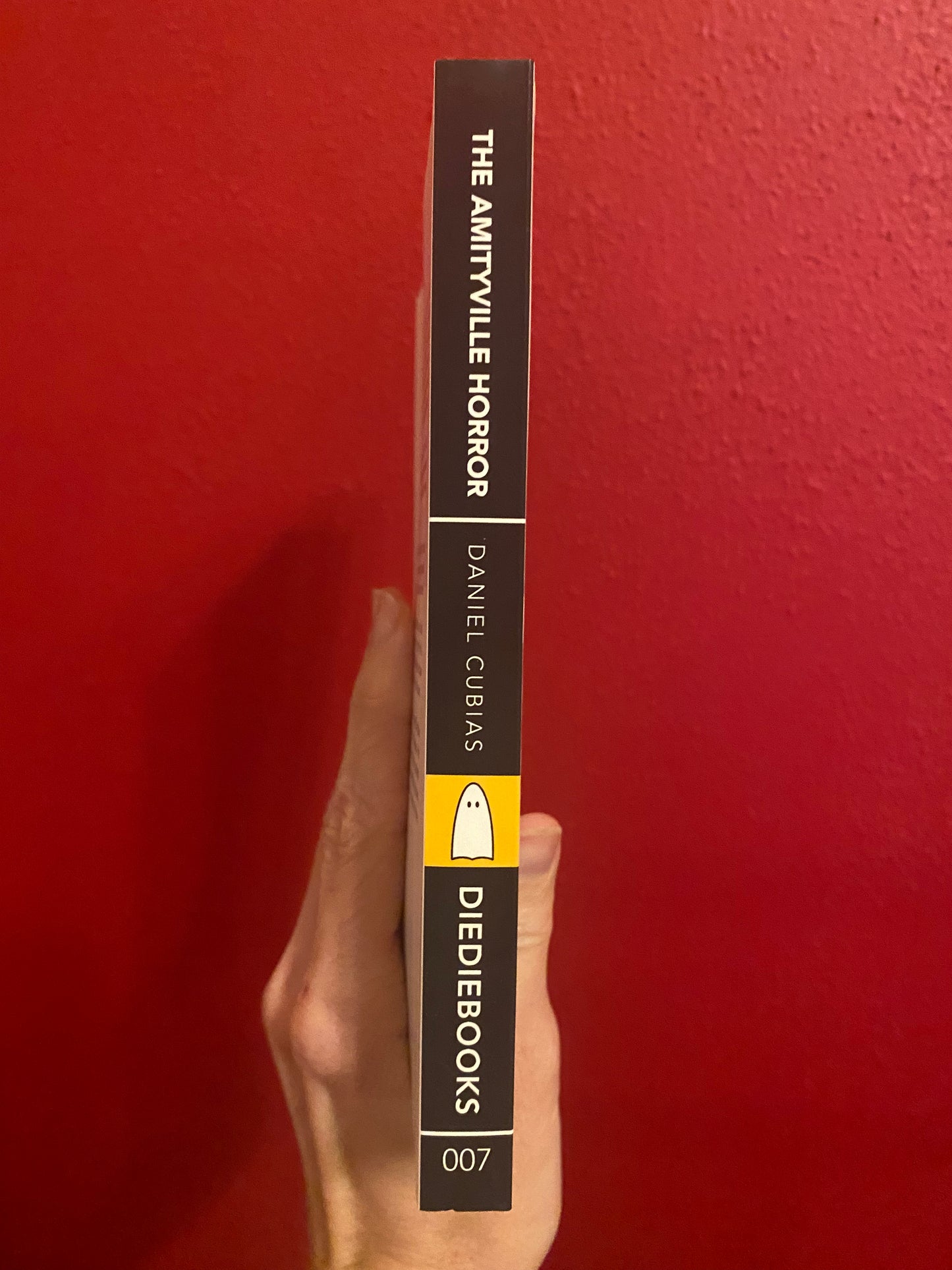
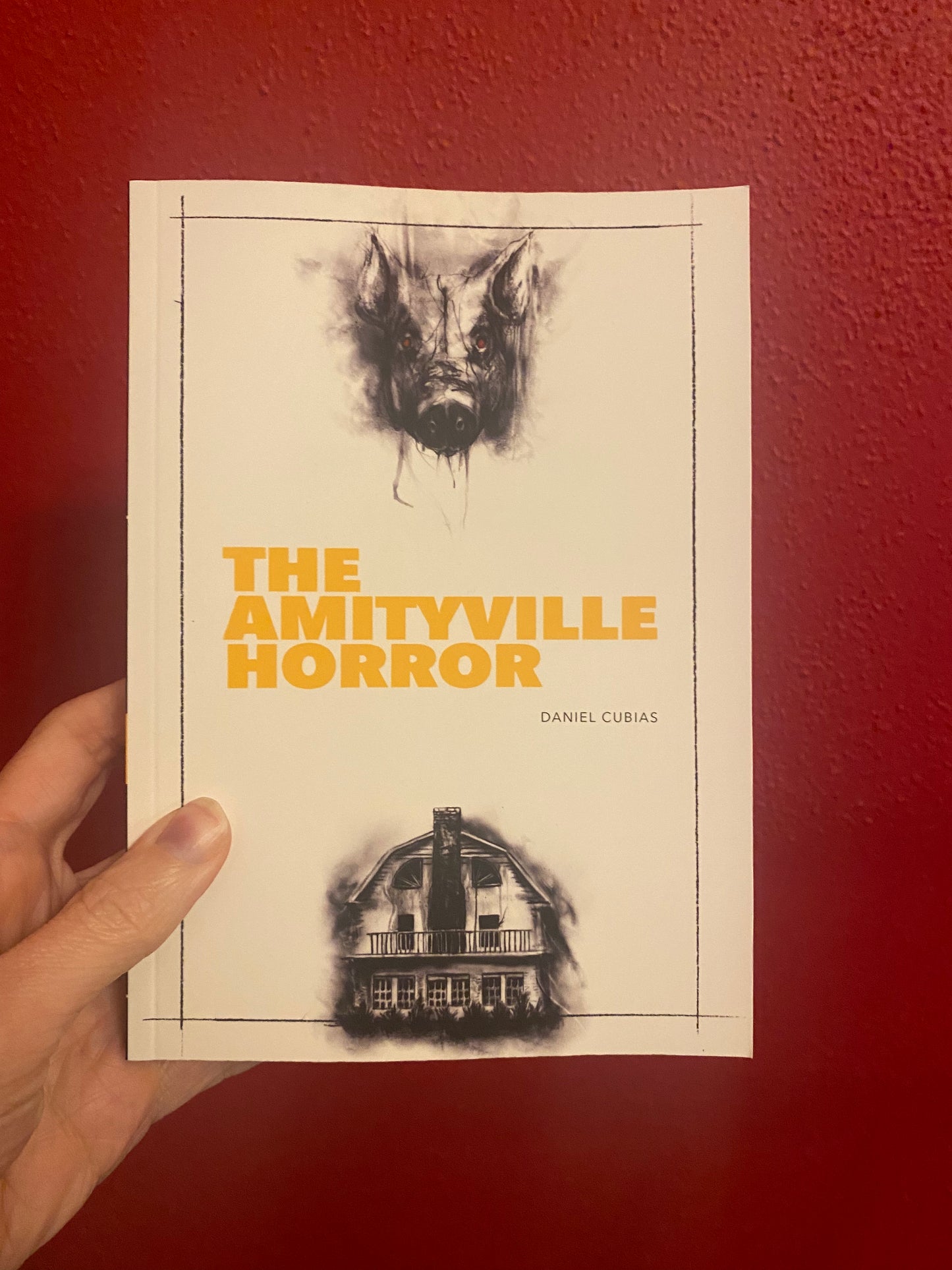
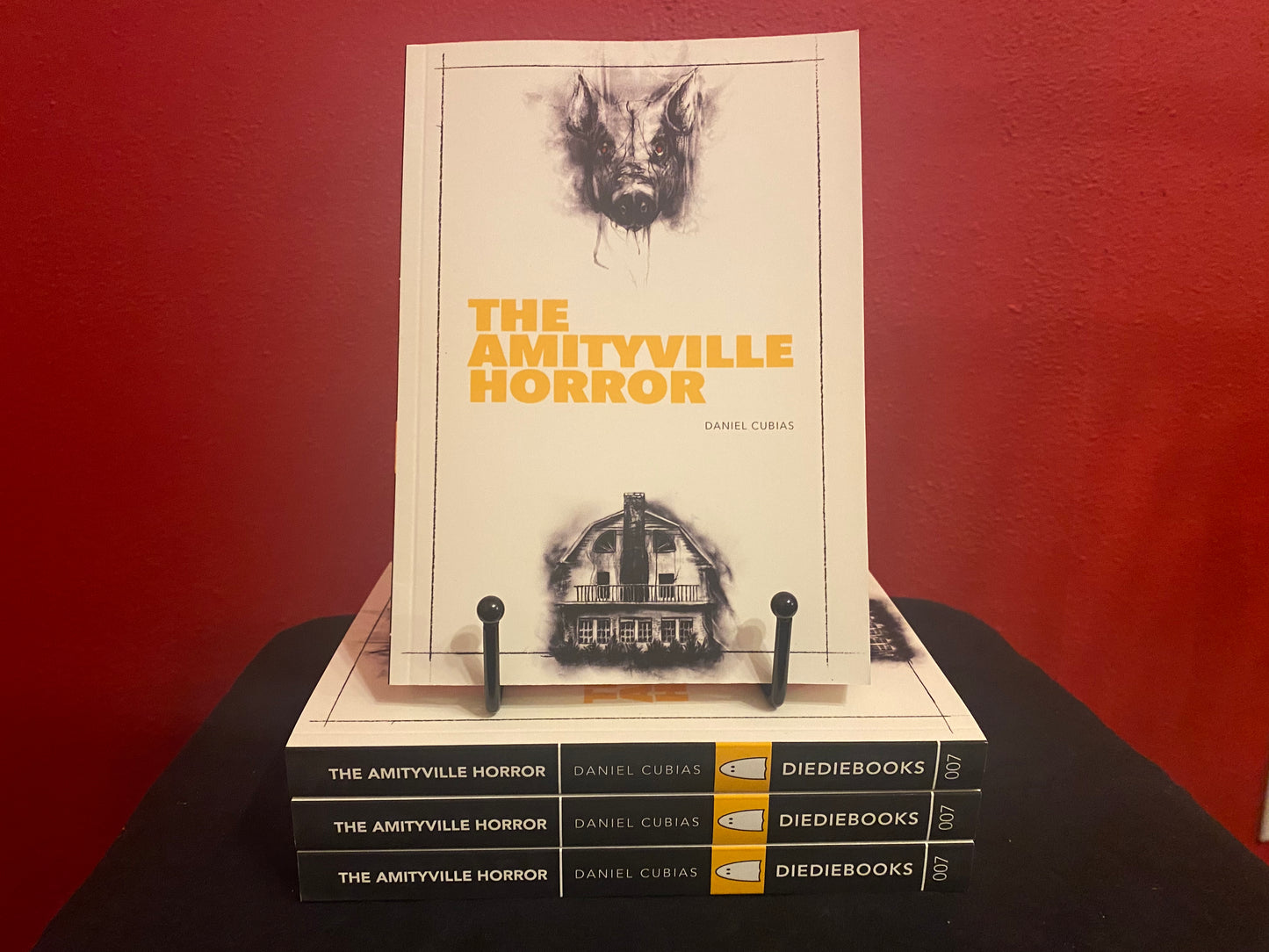
Reviews for The Amityville Horror by Danial Cubias
-
Chad Collins, Dread Central
Read full review"[Cubias] does a remarkable job of envisioning a family in crisis. The Lutz family was haunted long before their move to Amityville, and whether paranormal or not, something was poised to tear that family apart, one way or another. It’s often insightful, regularly traumatic—including a section on the widely-reported child abuse occurring within the Lutz household—and more importantly, heartbreaking."
Excerpt from The Amityville Horror by Daniel Cubias
Mythmaking
Click here to read a sample of the chapter
It was a dark and stormy night.
No, really—it was.
The Amityville Horror opens, as it must, with an image of the house, those iconic quarter-moon windows flashing in the lightning. Every viewer perceives those windows as eyes, and the effect is that of an infernal beast peering through the rain.
Then gunshots—two quick flashes—capture our attention even against the crashing thunder and shrieking wind. Another flash in a lower window, and we journey inside the house, where we see a door open and a rifle raised. Another gunshot, and there is no mystery about what is going on.
It is murder, plain and simple. And it is terrifying.
We witness more mayhem before the camera slowly pans over the bloody corpses of a family slaughtered in their beds.
And the rampaging thunderstorm howls on.
Or so the movie claims. In truth, meteorological records show there was virtually no precipitation on the night of November 13, 1974, when Ronald DeFeo, Jr. killed his parents and siblings in their house at 112 Ocean Avenue in Amityville, New York. In fact, it was such a quiet night that several neighbors reported hearing the DeFeos’ dog barking during the approximate time of the murders.
OK, so the film conjured a thunderstorm where none existed, exaggerating the dark mood of that gruesome evening. This is hardly the most egregious example of “print the legend,” and we expect movies to amp up the drama, a tactic essentially required of horror movies, where any excuse to increase dread is a good thing.
But this is the opening scene of the movie, and we are already embroiled in a lie. If the filmmakers are already fibbing ten seconds into the story, how much of what follows even approaches the truth?
The diplomatic answer is, “It depends on what you mean by ‘the truth.’” The blunt answer is, “This whole movie is a pack of lies.”
At the risk of coming across as a wimpy centrist and sabotaging my credibility in the opening pages, let me be clear that I don’t know precisely what happened during George and Kathy Lutz’s one-month stay in the Amityville house. I’m more concerned with how the movie presents truth, and how this perception of truth scares the bajoongas (to use the proper cinematic term) out of the audience.
The Amityville Horror, despite its dated style, heavy-handed dialogue, and jump scares, holds up surprisingly well. Some of this appeal is nostalgia. Some of it is well-executed craftsmanship. And some of it, perhaps most of it, is the fact that any viewers with a scintilla of knowledge about the film’s backstory know that what they are about to see on the screen really happened...sort of.
The first character to enter our story is Sgt. Gionfriddo, played by character actor Val Avery. He is more or less a rip-off of the Lee J. Cobb detective character from The Exorcist.
Gionfriddo comes complete with a chomped cigar and a no-nonsense attitude. Unfortunately, the good sergeant doesn’t actually do much for the duration of the movie. He merely functions as a bridge between the three main threads of the film.
Gionfriddo is there when the DeFeo murders are discovered. He is there when the Lutzes call the cops about their blown-apart front door. And he is there to trail the traumatized priest, Father Delaney. The cop knows all the main players, covering the DeFeo, Lutz, and Delaney storylines. He alone sees the big picture. Yet Gionfriddo contributes little
to the story or action. He does, however, look appropriately grizzled smoking that cigar.
Gionfriddo delivers the first line of the movie: “Jesus Christ, it gets worse all the time.”
He has just arrived at the scene of a sextuple homicide, so this attitude is justified. But this world-weary cop isn’t just talking about the gruesome fact that a guy murdered his parents, two brothers, and two sisters in their sleep. Gionfriddo is talking about America, and everyone watching this movie in 1979 knew it.
The nation’s gee-whiz attitude of the post-war era was long dead, killed by Vietnam, Watergate, and riots in the streets. All the joy, idealism, and social progress promised in the 1960s fell apart in the 1970s. To viewers of The Amityville Horror—living through increasing crime, rising inflation, and the knowledge that someone, somewhere, was disco dancing—the nation was in serious decline.
By the time The Amityville Horror was released in July 1979, the year had featured an oil crisis that resulted in long lines for gas, the nuclear accident at Three Mile Island, and an economy careening toward recession. The year ended with the Iranian Hostage Crisis. So these were not the best of times.
Perhaps this era was the birth of American cynicism. It may have also been the birth of yearning for a simpler, more wholesome (and entirely mythical) time—which is, of course, still a popular sentiment with a large segment of the nation’s population. At the very least, it was the perfect year for a movie about the flailing American Dream. Because The Amityville Horror is exactly that.

Daniel Cubias is the author of the horror-comedy novel Zombie President and the Abraxas Hernandez detective novel series. He has been published in numerous literary journals, written for outlets such as The Huffington Post, and had his work adapted for shows such as the NoSleep horror podcast. He is also the creator of the website Hispanic Fanatic. Visit him at: http://www.danielcubias.com

